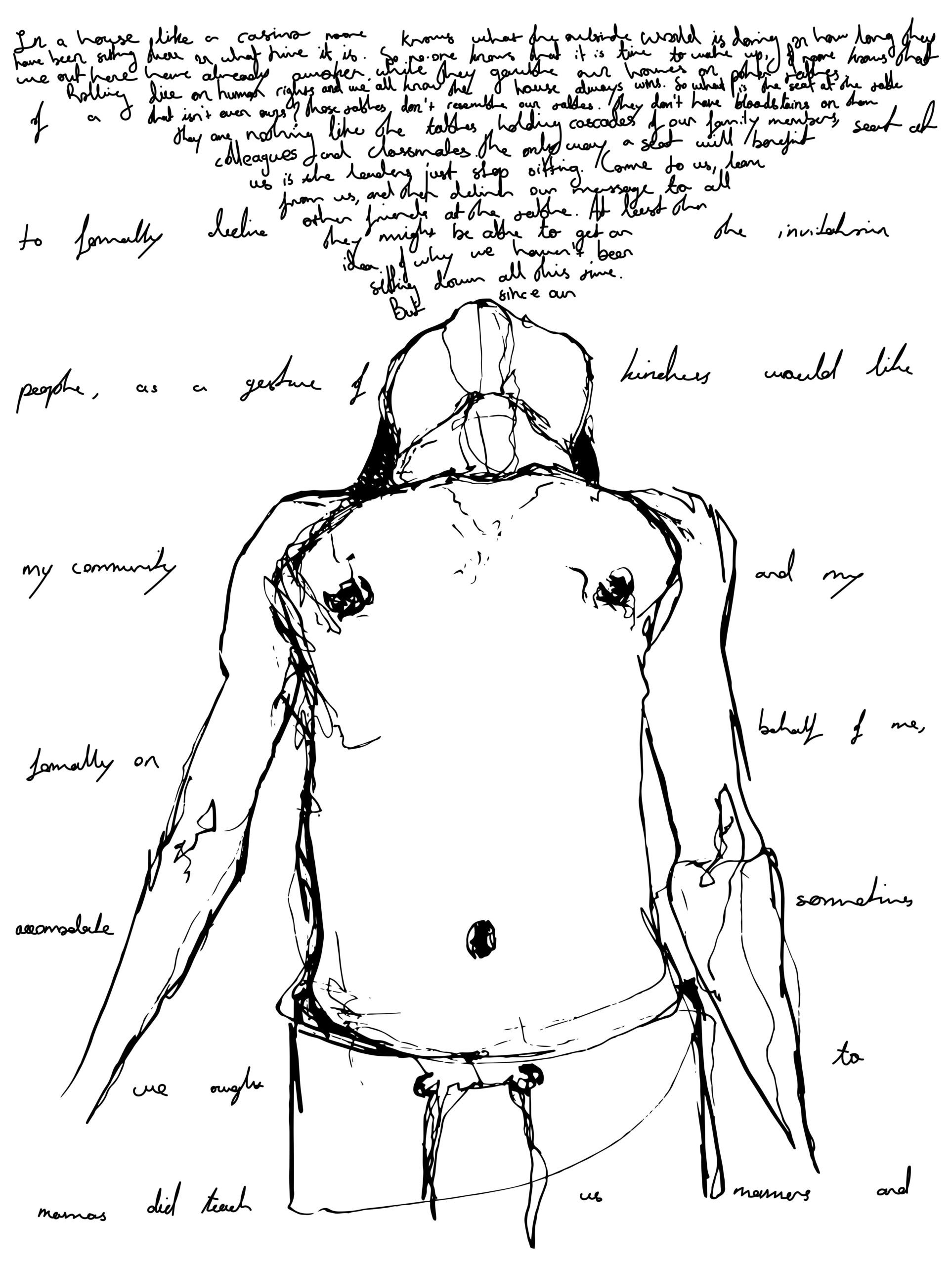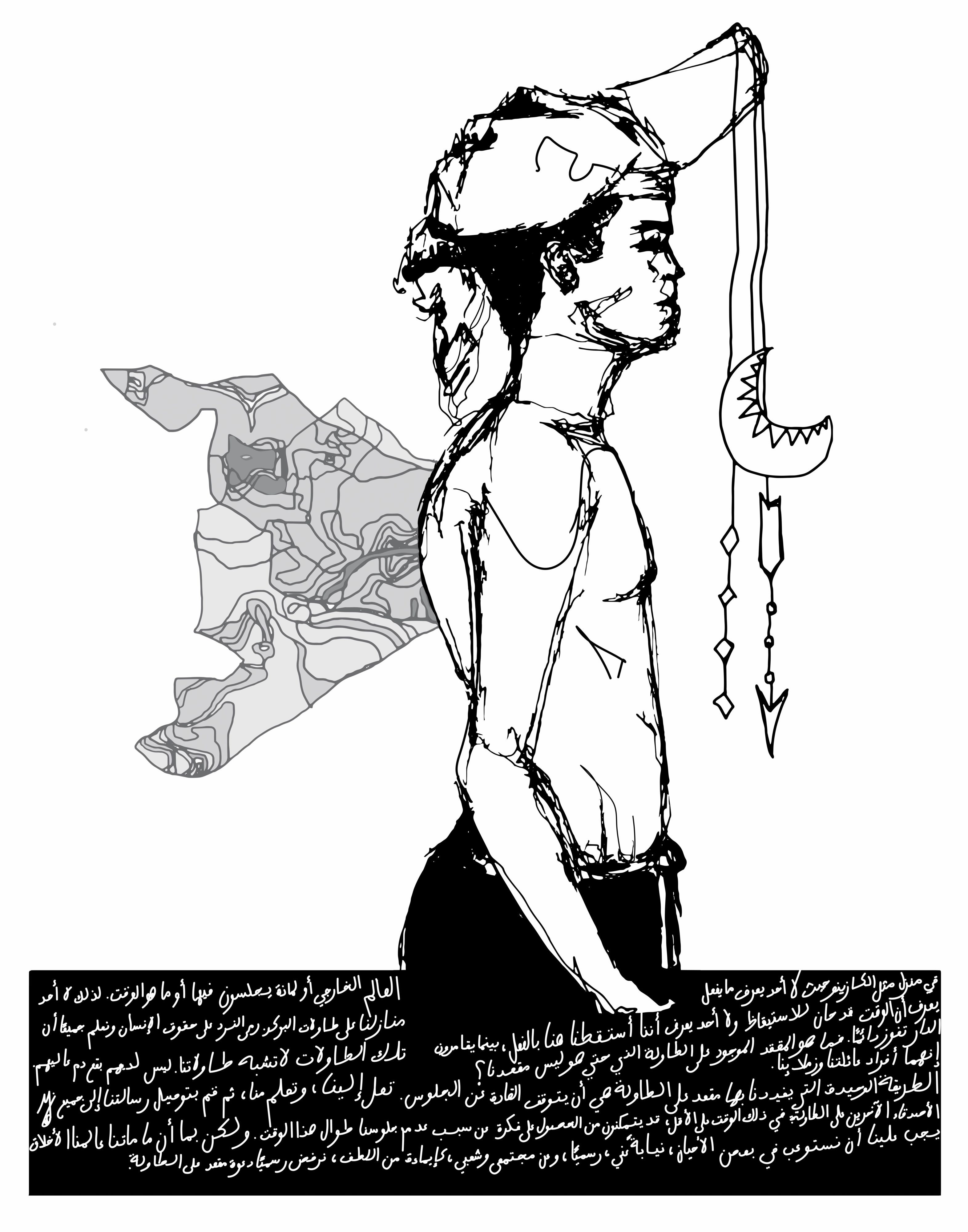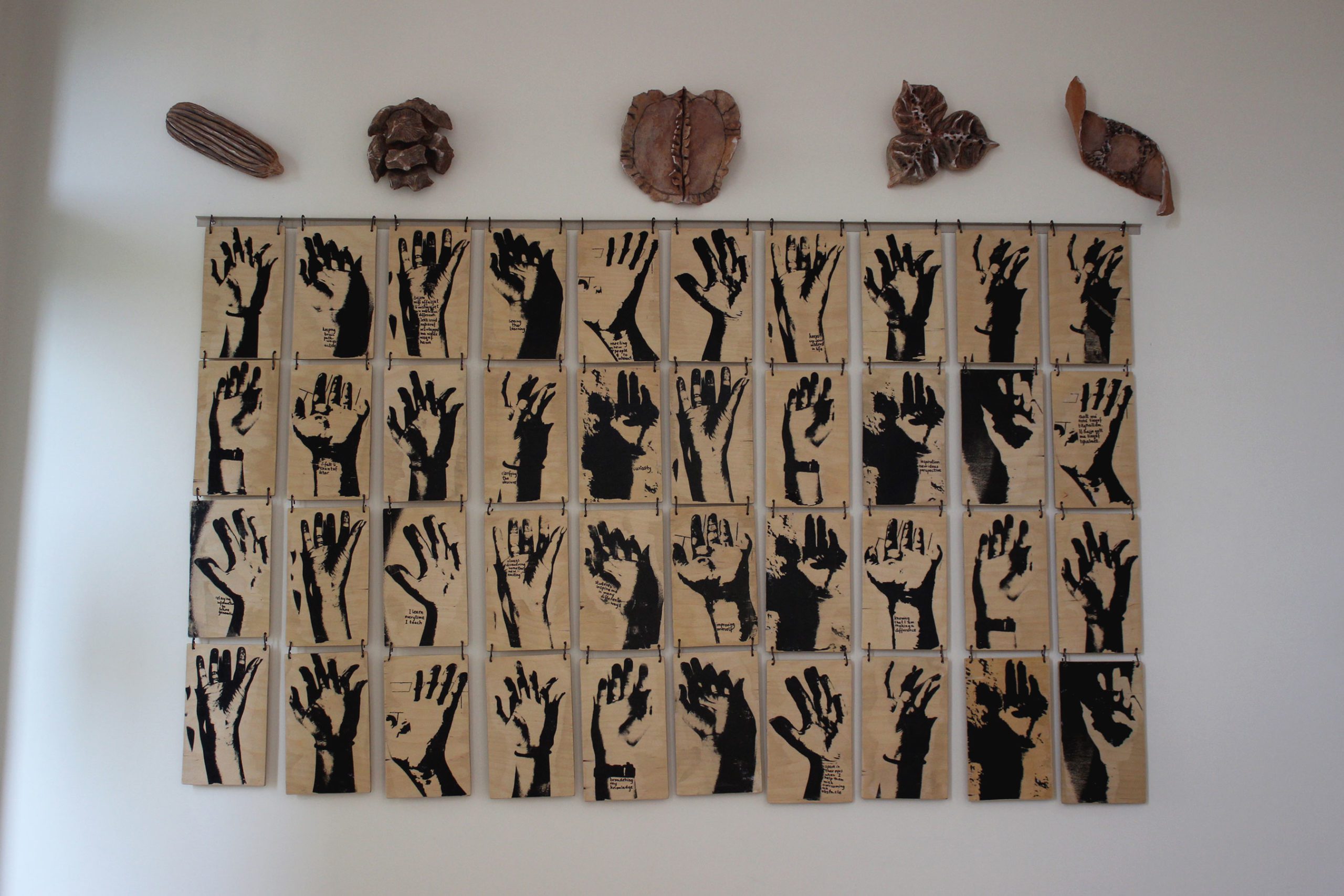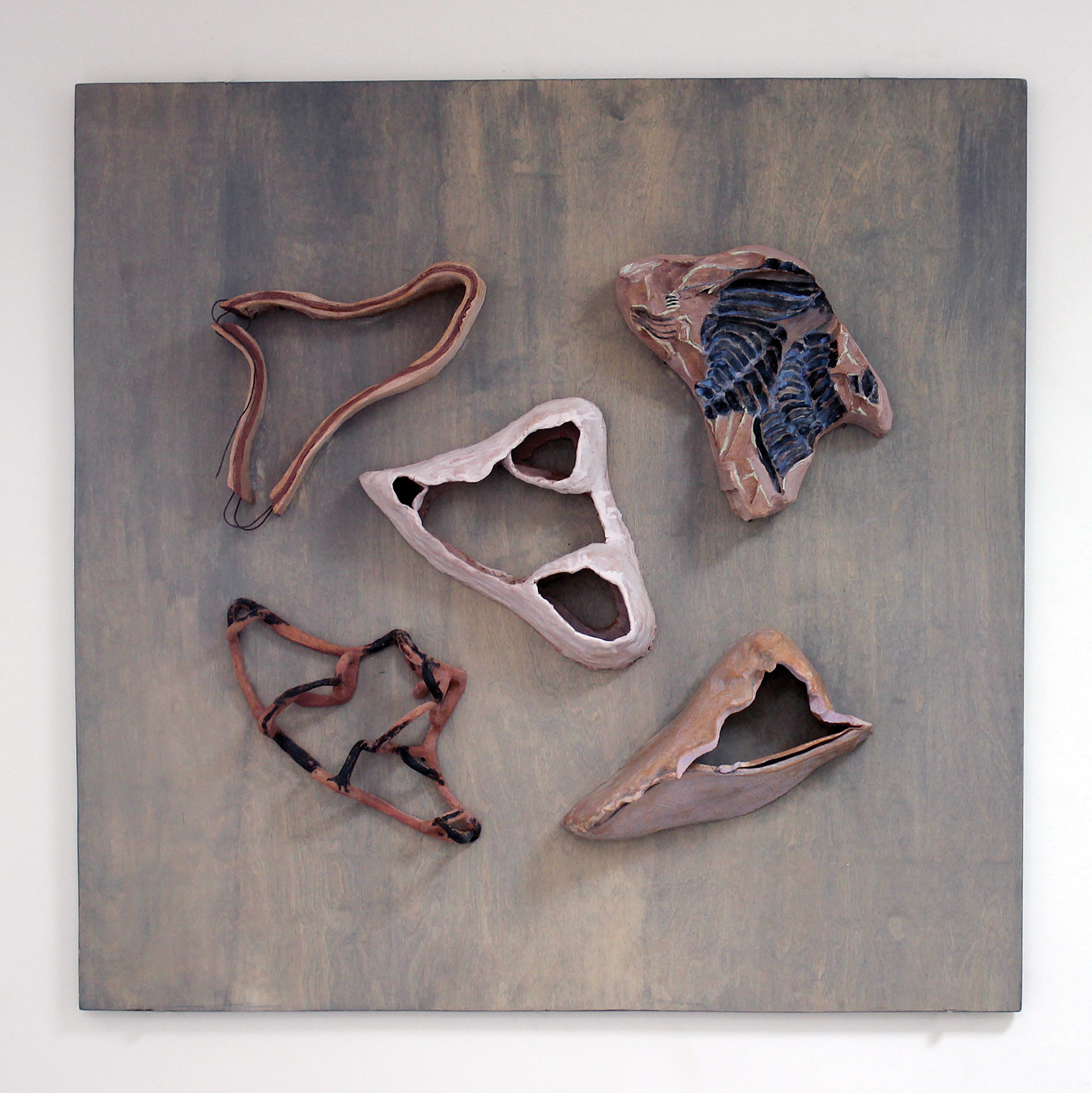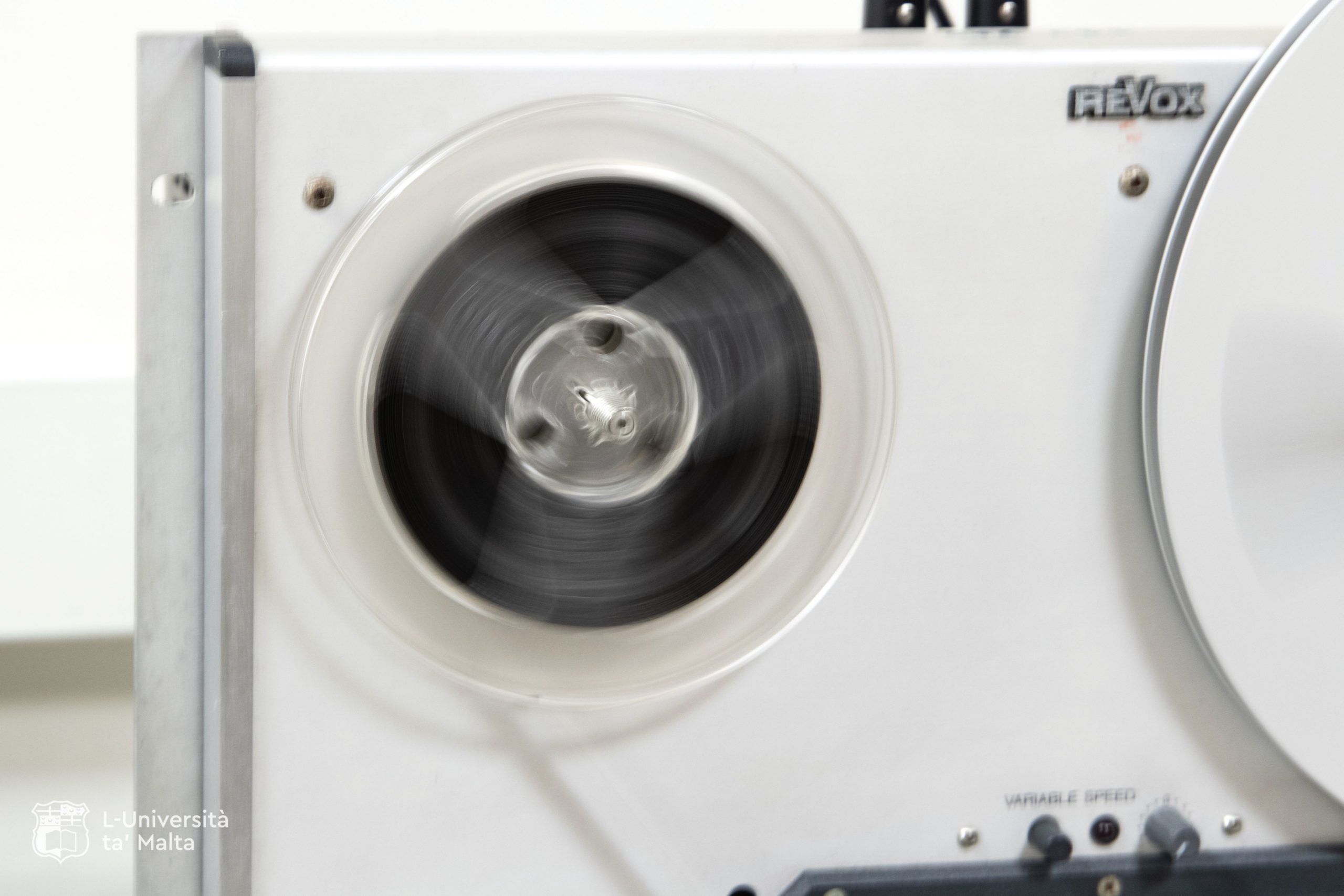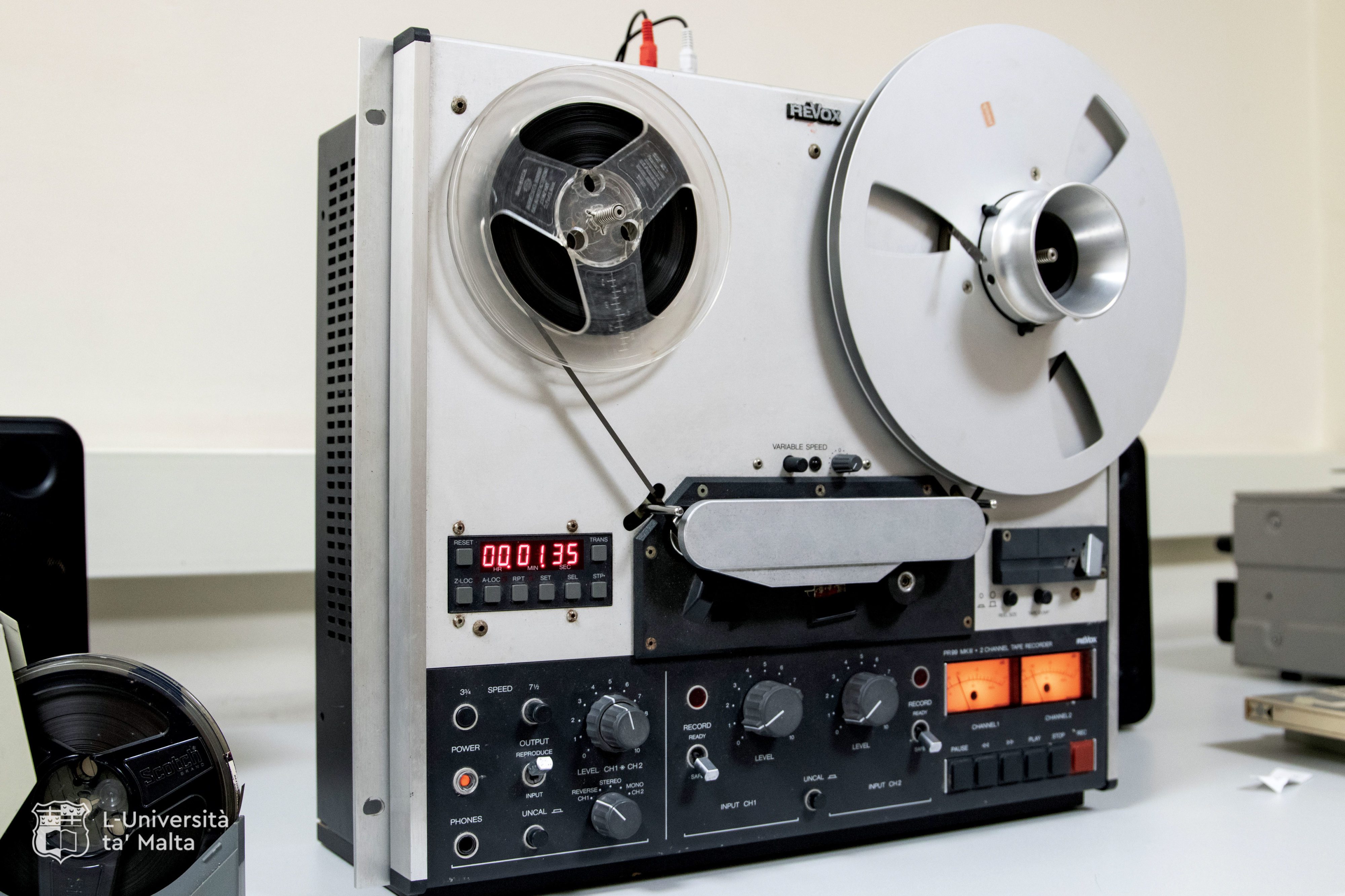Cultivating a healthy planet requires us to shift from a consumerist mindset towards sustainability. Eco-sustainable gifts are a great way to spread Christmas cheer while promoting sustainability.
Celebrating a ‘Green’ Christmas
Covid has taught us many valuable lessons. One of the most important is the need to live on a healthy planet with a healthy ecosystem. Climate change is real and caused by human action, as is biodiversity loss and air and sea pollution. All of these contribute to unsustainability. Everyone needs to be accountable for their own actions and habits. Christmas and New Year are traditionally the most ideal times to bring about change; that change could be living sustainably.
Conscious consumption
To be sustainable means to be able to maintain a balanced level of give and take. Right now, the planet is in an unsustainable state. We are currently using around 1.7 times what planet Earth can give. Overconsumption is a big player in this unsustainability and one of the forces driving the climate crisis. Many items are bought and consumed without thinking about a real need, especially during Christmas time. We are relentlessly driven into an over-consumption race with the excuse of gifting and celebrating.
Becoming a conscious consumer means that you put in thought and care before purchasing anything. Asking yourself questions such as: Where was this made? How did it arrive here? Who made it? Who or what suffered so that this product could be created? Celebrating a ‘green’ Christmas is possible when you choose eco-sustainable products. It means that the products were sourced, manufactured, produced, packaged, and transported with respect to the environment. An eco-friendly product is a product that was made with sustainability as a priority.
What is good for the planet is also good for people
Eco-sustainable products are those products which provide environmental, social, and economic benefits while protecting public health and the environment over their whole life cycle. If you care about what you put in — and on — your body and want to live a healthy lifestyle, choosing sustainable products is the way forward.
Choosing eco-sustainable options
This year can end on a good note. Let us start taking responsibility for our actions and choose ethical and sustainable gifts for our loved ones, taking inspiration from Malta’s Top Eco-friendly Gift Ideas, a list created and curated by Eco Market Malta, a Social Enterprise advocating for UN Sustainable Development Goal #12; ‘Responsible Production and Consumption’.
The list contains a beautiful and well-curated collection of gift ideas from local green start-ups, artisans, and small to medium enterprises. Shopping local is a huge factor for sustainability, as it reduces the product’s carbon footprint. Many items are elegantly boxed but reduce plastic use, while others help people grow their own food, herbs, and flowers.
There are also several gift options for sustainable home appliances, such as jewellery, clothing, beauty, décor, wellness, children’s toys, gifts for new parents, and unique original ideas such as ‘adopt a dolphin’.
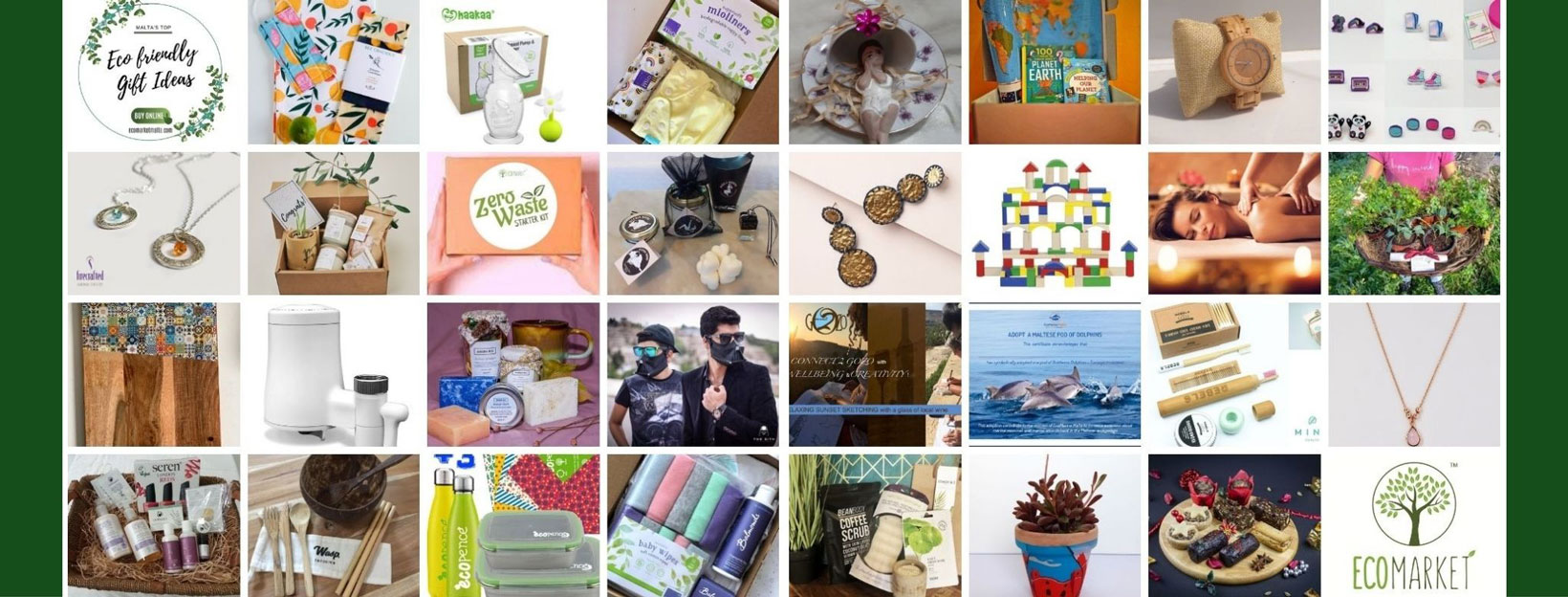
Be the change
Whether you are buying for an eco-conscious person or someone who is not yet environmentally aware, this list offers amazing gift ideas for everyone. As consumers, we can make a conscious choice to bring positive change into our lives, and since actions speak louder than words, your eco gift will also be a message inviting others to make their own positive impact. A meaningful and thoughtful gift can be more appreciated than a high-priced item. This year, let’s choose to shop sustainably and responsibly, avoid waste, be kind to the planet, and enjoy a simple and ‘green’ Christmas.
To view Malta’s top Eco-friendly Gift Guide please visit: ecomarketmalta.com.
This article is sponsored by EcoMarket Malta.

